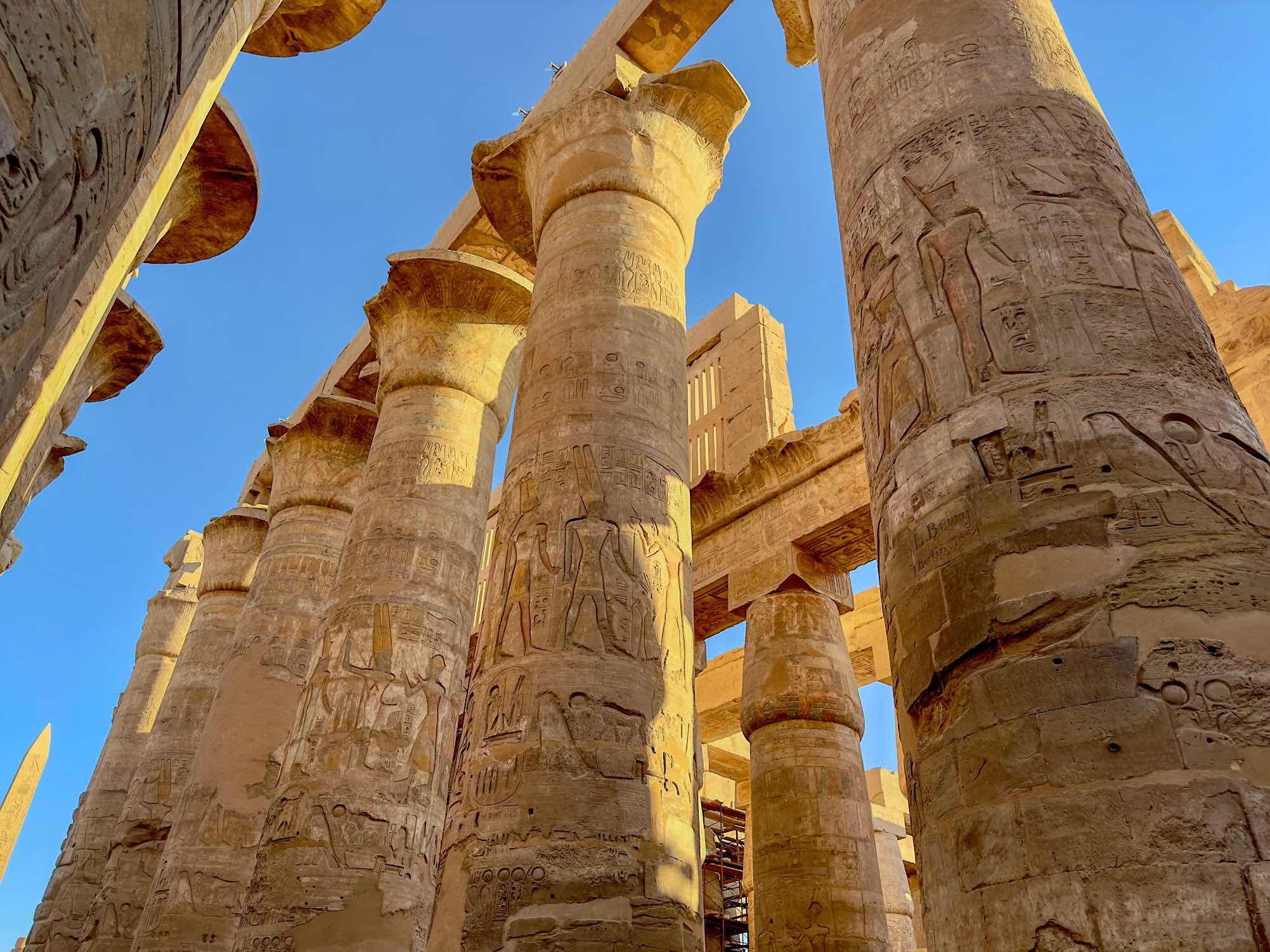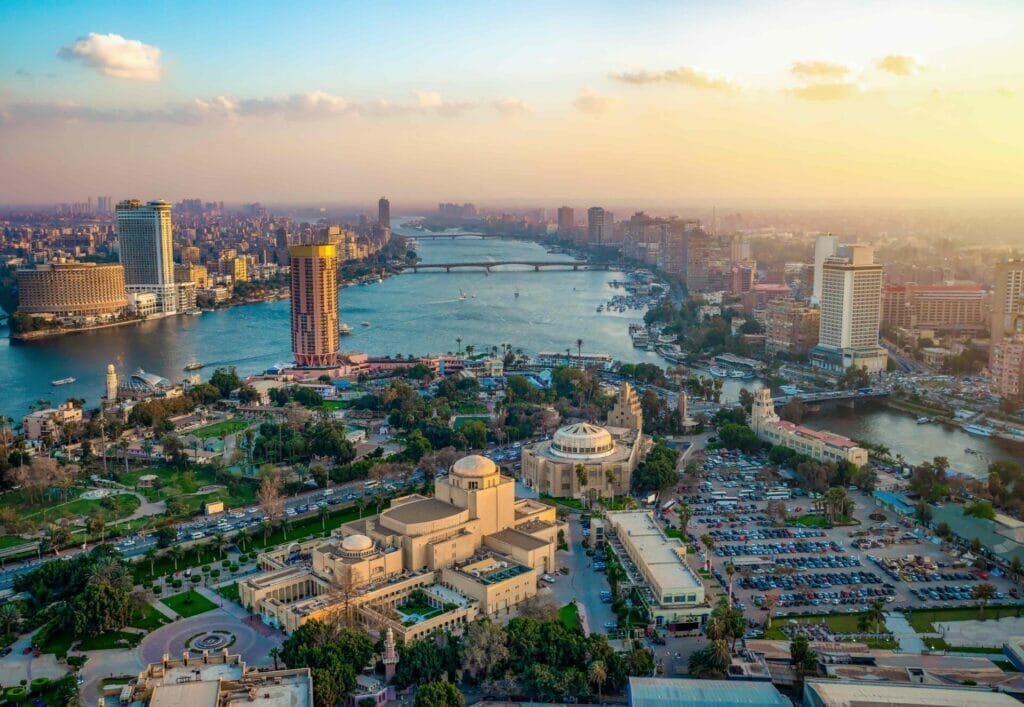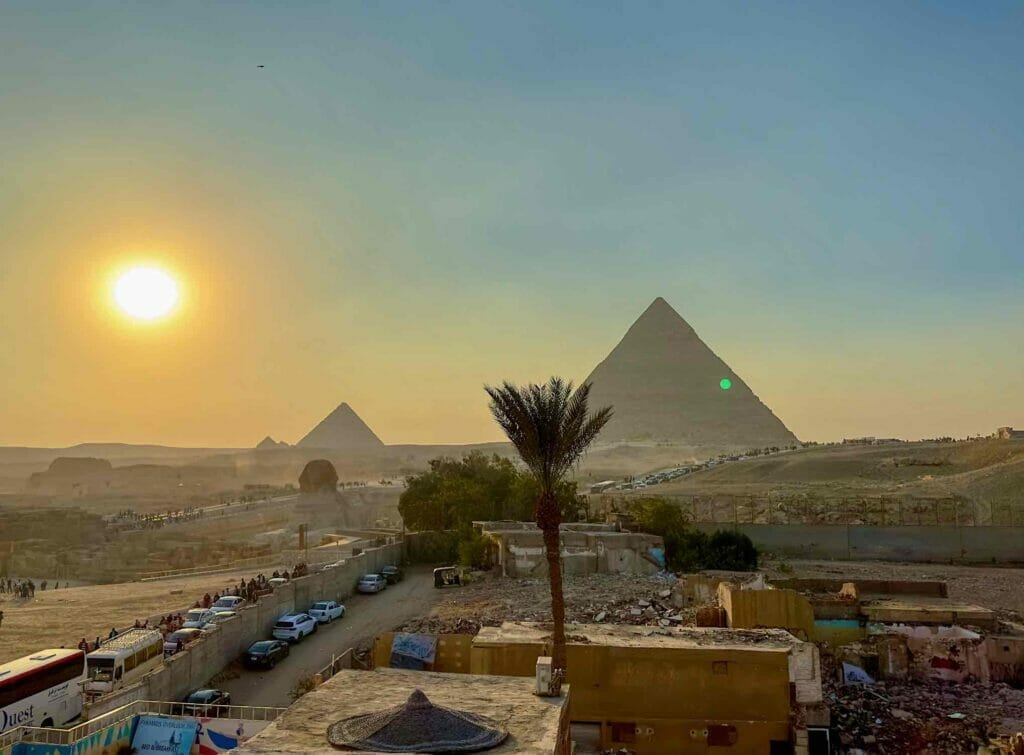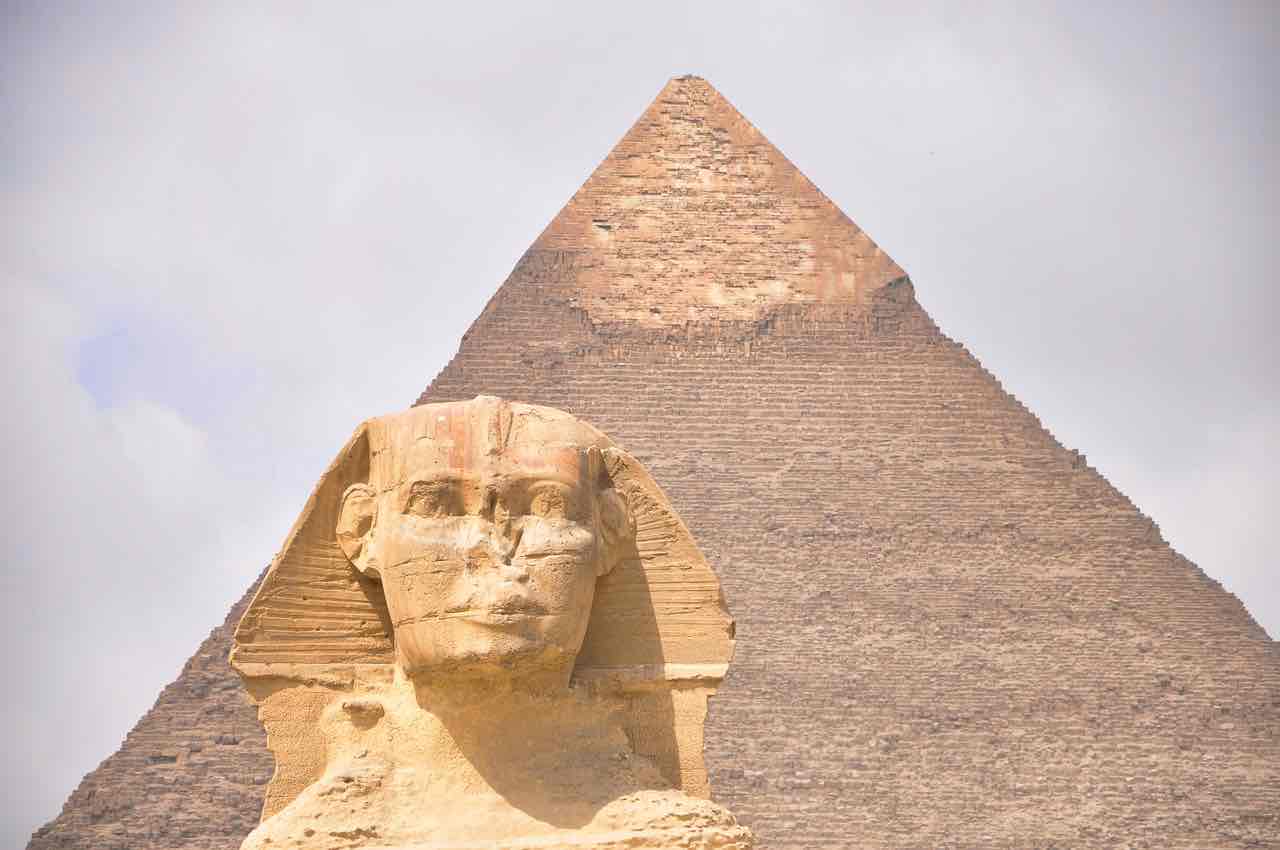Table of Contents
ToggleBrief Overview
When compared to other Egyptian cities, Luxor’s abundance of historic sites and tourist attractions is unrivalled.
To some extent, the town can be thought of as an outdoor museum due to the abundance of large, well-preserved examples of Ancient Egyptian architecture and decoration.
Here in the rocky valley of the West Bank are the ruins of ancient Thebes, the great metropolis of the Middle Kingdom and New Kingdom pharaohs who erected enormous buildings along the banks of the Nile and began the construction of massive tomb constructions.
The spectacular Karnak Temple complex is where their ambitions can be fully appreciated in the modern era. However, there are so many structures here that a week might easily be spent just taking in the majesty and ambition of Ancient Egypt. This is especially true if you take advantage of Luxor’s convenient location and go on a few exciting day trips.
If you want to become lost in the ancient world, this is the ideal spot to go in all of Egypt.
Temple fatigue can be alleviated with the help of hot-air balloon excursions and felucca cruises, two of the many different forms of sightseeing available in the area.

Getting around Luxor
Tour Guide
The best way to get around Luxor is with a dedicated tour guide or driver.
It is highly suggested that you hire a personal guide and driver. All of your travel arrangements will be made for you, and you’ll be guided through Egypt’s museums and historic sites by an expert Egyptologist.
Use a taxi or Uber
The cost of a taxi ride from the West Bank of Luxor to the East Bank attractions including the Luxor Temple, Karnak Temple, and the museums is around 200 to 300 EGP / £6 – £10
A cab ride along the West Bank of Luxor will typically cost you roughly 400 Egyptian Pounds (EGP).
What you can get these items for is entirely up to your bargaining skills. Before getting in the cab, be sure you’ve settled on a price and a route.
These trips of the East and West Bank are highly rated, and can be booked with a guide and driver through clicking here
Things to see and do on the West Bank
It would take a long time to do everything that could be done in the West Bank. This bank of the Nile River is literally a treasure mine of beautiful tombs and temples, but the Valley of the Kings and the Temple of Hatshepsut are the most popular attractions.
Valley of the Kings
One of the best things to do in Luxor, and one of the best sites to visit in all of Egypt, is to travel to the Valley of the Kings.
Pharaohs of the 18th, 19th, and 20th dynasties are buried in the Valley of the Kings (the New Kingdom of Egypt). Kings like Tutankhamun, Ramesses II, Tuthmosis III, and Seti I, along with their wives and children, were prominent figures in Egyptian society throughout this era.
The current entrance ticket into the Valley of the Kings only covers eight tombs. You can enter three of these tombs with your admission ticket. You’ll need to buy an extra ticket if you wish to visit more than three tombs.
Extra tickets provide entry to three more tombs. The list of tombs, together with their respective prices:
KV9 – Ramesses V & VI – 100 EGP per person
KV17 – Seti I – 1,000 EGP per person
KV62 – Tutankhamun – 300 EGP per person
Valley of the Queens
The wives of the pharaohs were buried in what became known as the Valley of the Queens. With one major exception, the tombs here are smaller and less impressive than those in the Valley of the Kings.
One of the most impressive tombs in Egypt is that of Queen Nefertari. There is an incredible amount of detail, and the colours are far brighter than what we saw in Egyptian tombs, temples, and pyramids of Giza. The tomb of Queen Nefertari is a must-see for everyone curious about the appearance of tombs three thousand years ago.
The mortuary temple of Hatshepsut
Located among the cliffs of Deir el-Bahri, this temple stands in stark contrast to the majority of Egypt’s other religious structures due to its three distinct levels. This work as a tribute to Queen Hatshepsut, one of Egypt’s most formidable monarchs.
The Colossi of Memnon
These two Amenhotep III statues face east, towards the Nile. Two statues like these can be found near the West Bank entrance to Luxor. The statues are accessible through a short walk from the parking lot, where visitors may snap photos or get a better look.
Howard Carter House
Tutankhamun’s tomb was uncovered by British archaeologist Howard Carter in November 1922. He had a home on the outskirts of the Valley of the Kings, on the Western bank of Luxor.
Going to this home is like travelling back in time a century. Everything in Howard Carter’s apartment, including his furniture, equipment, and photographs, is in good condition. There’s a perfect replica of Tutankhamun’s tomb behind the house.
Hot Air Balloon Ride
Take a hot air balloon ride before sunrise to see the West Bank of Luxor like never before. If you want to see the tombs and temples from above, it’s worth getting up early (you’ll be picked up from your hotel between 3 and 4:30 in the morning).
East Bank of Luxor
There are four major attractions on the East Bank of the Nile. Both the Karnak Temple and the Luxor Temple are amazing and worthy of at least a few hours of your time. Visit the Luxor Museum and the Mummification Museum if you want to learn much more about ancient Egypt.
Karnak Temple
Among the world’s great temples, Karnak is the second-largest (Angkor Wat in Cambodia is the largest). Beginning in the year 2000 B.C.E., the complex’s temples, monuments, and structures were expanded and improved upon for nearly 2,000 years. Thirty or so pharaohs, give or take, contributed to the Karnak Temple.
Karnak Temple is divided into four distinct areas: the Amun-Ra Precinct, the Temple of Mut, the Montu Precinct, and the Temple of Amenhotep IV. The Temple of Mut is closed to the general public but can be visited with a special ticket to the nearby Precinct of Amun-Ra.
The Pyramids of Giza are Egypt’s most popular attraction, but the Karnak Temple is not far behind. There is no doubt that this is one of the top activities in Luxor.
Luxor Temple
Although Luxor Temple served a distinct purpose than many other temples in the area, it looks and feels quite similar to Karnak Temple. There is no one god or pharaoh to whom this temple is devoted. In its place, it may have been the site of many ancient Egyptian coronations. Both Amenhotep III and Ramesses II contributed significantly to the construction of this temple in 1400 BC.
Luxor Museum
The museum first opened to the public in 1975 and features artefacts discovered in and around Luxor as well as those from King Tutankhamun’s tomb. On average, a trip here takes sixty minutes to an hour.
Mummification Museum
There is some intriguing information here concerning the mummification process, but overall it’s just a small museum. There are mummified cats, birds, and crocodiles, in addition to the mummified humans. The average duration of a visit is thirty minutes.
Luxor Pass
All of Luxor’s archaeological sites, both on the West Bank and the East Bank, are included in the price of the Luxor Pass. This pass is available in two distinct forms.
Although the tombs of Seti I and Nefertari are not included in the basic Luxor Pass, all of the other attractions on the East and West Banks are. Adults can purchase a Luxor Pass for $100 USD / £80, while those under 30 with a valid student ID can get one for $50 USD. Adults pay €90 and students pay €45 in Euros.
The tombs of Seti I and Nefertari are only two of the many historical sites that are accessible with a Premium Luxor Pass. Adults can purchase a Luxor Premium Pass for $200 USD, while those under 30 years old with a valid student ID can get one for $100 USD. It costs €180 for adults and €90 for students to attend.
The Luxor Pass may be worthwhile if you plan to spend at least two days in Luxor and see all of the attractions we’ve listed below for the West Bank and the majority of the sites on the East Bank. Depending on the state of the currency exchange market in February 2023, the Luxor Pass might not be a good value anymore. To decide whether or not to get a Luxor Pass, you should first sum up the prices for entrance fees.
Where to stay
The Hotel of Nefertiti. The hotel has a view of the Luxor Temple. Up to four persons can stay in a room. Each morning, guests can have their meal atop the building on the rooftop patio.
Nile fortress. Reviews for this inexpensive hotel are overwhelmingly positive. Its location on the Nile’s western bank means that attractions on that side of the river are easily accessible, while those on the eastern side, as well as the airport and train station, will require more time.
What to Eat & Drink
On the Luxor River’s Western Bank:
Located on the West Bank of Luxor, Marsam Restaurant has earned a stellar reputation among foodies. Enjoy delicious Middle Eastern and Egyptian cuisine in their charming patio.
The following are some of the sights and sounds that can be enjoyed on the East Bank of Luxor:
Among the best restaurants in Luxor, Al-Sahaby Lane always receives praise from its patrons. The cuisines of Egypt and the Mediterranean are both represented here.
Go to Pizza Roma-it if you’re in the mood for some delicious pizza and pasta. Come to A Taste of India if you’re craving authentic Indian cuisine. The Kings Head Pub and Restaurant should be on your list if you’re in need of a bar.
Getting to Luxor
Although most visitors will arrive in Luxor via airplane or a Nile cruise, the city is also accessible via train and vehicle.
Seven kilometres to the east of Luxor proper is where you’ll find Luxor International Airport. There are two options for transport from the airport to your hotel: a taxi or a driver
Visiting both the East and West Banks of Egypt should be part of every Nile River voyage.
You can take a train from Luxor to Cairo or Aswan. The trip from Cairo to Luxor on an express train usually takes around 10 hours. The most relaxing and convenient way to travel between Cairo and Luxor is on a sleeper train. Costs for one-way travel in the plane’s sleeper compartment go between $80 and $110 USD. The typical cost of a first-class ticket is 200 EGP, while a second-class ticket is around 120 EGP.
Train rides between Luxor and Aswan can take anywhere from 2 to 3 hours and cost anywhere from 70 EGP to 100 EGP.
You can also take a bus from Cairo to Luxor. This two-day trip starts with an overnight ride in a luxury bus and continues with an in-depth exploration of both the East and West Banks. You may save time and money by taking advantage of our transportation and sightseeing tour package to Luxor.
Luxor is a common day trip for those staying in Hurghada. This top-rated excursion covers both the East and West Banks, as well as transportation to and from Hurghada.
Book tours and Purchase Tickets
Save this post (pin it)
Other Egypt Related Guides
Be sure to check out our other exciting guides related to Egypt:
We loved Egypt! Make sure it’s on your list.
Note: This post contains affiliate links. When you make a purchase using one of these affiliate links, we get paid a small commission at no extra cost to you.







